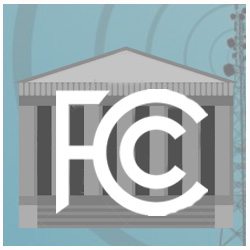
The maps determine which areas qualify for a total of $4.53 billion in broadband deployment subsidies over a 10-year period. The auction will offer subsidies to support 4G LTE deployment in areas that lack service. The challenge process gives state and local governments, and other groups, the opportunity to show their area does not have broadband, even though the map shows it does.
Groups such as the Competitive Carriers Association and the Rural Wireless Association (RWA) sought the extension, saying the challenge process is cumbersome. It involves identifying areas to challenge, conducting speed tests, analyzing test data, and preparing the submission.
RWA in particular expressed its frustration with the process: “In the majority of rural America, roads are laid out directly on the borders of a one mile by one mile square grid. By utilizing a one square kilometer grid for the determination of challenge areas, the bureaus have created a situation where thousands of kilometer grid squares lack the necessary roads to access and test the claimed unsubsidized 4G LTE coverage using drive tests.”
Though he voted for the extension, FCC Commissioner Michael O’Rielly said the current 4G maps “are rightfully criticized.” He said the maps need to improve “significantly” or the subsidies will be wasted, “over-subsiding those that don’t deserve it and penalizing those consumers in need.” What the agency has done so far, including in this order, is dictate a “solution” and “release new maps that don’t solve any of the controversies.” He called for the FCC to work with stakeholders to find a solution.
His colleague, Commissioner Jessica Rosenworcel, split her vote, agreeing in part and dissenting in part. She has been saying for a while the maps have too many inaccuracies to be reliable and suggests the Commission call on other federal agencies as well as the public, to help fix them. She agrees with rural wireless associations that the challenge process is burdensome and the agency needs to do more. “This is not how good government should operate. Instead of sitting back and expecting the public to fix what we got wrong, we should be addressing concerns head-on.”
August 23, 2018



